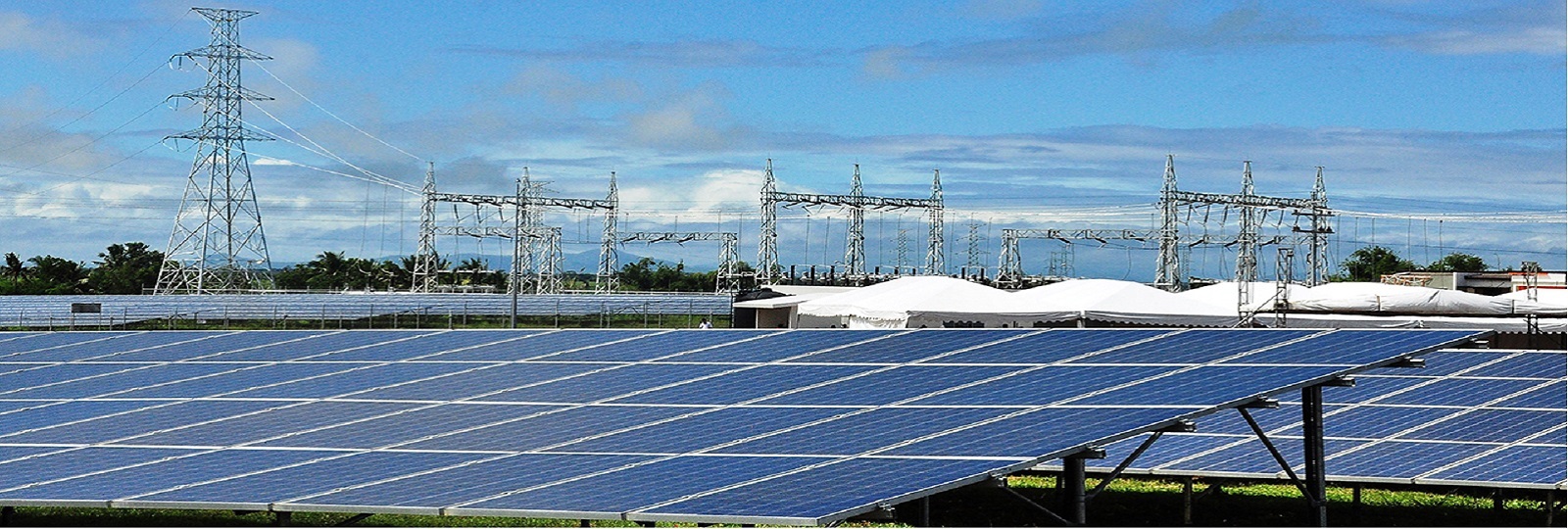Considering investing in a solar system for your business? Then this NEW series is for you.
Part 1:
Common sizes breaks for commercial-sized solar systems
Commercial solar designs and layouts
Part 2:
Expectations you should have for your solar installer
Inverters in a commercial-sized solar system
Part 3:
Monitoring and maintenance of your commercial solar system
Financing a commercial solar system
Common size breaks for commercial solar systems
To put commercial-sized solar systems into perspective, a common residential solar power system size is 6.6kW.
Less than 30 kW (Up to about 100 panels)
These systems typically use the same hardware and fall under the same grid connection rules as residential systems. The implication here is that most installers who perform residential-sized installations can usually handle business-sized installs up to this level, without necessarily needing any expert commercial solar power knowledge.
A 30 kW system could generate in excess of 120 kWh of electricity a day on average, over a year.
30-100 kW
Commercial solar arrays of this size require special systems to protect the grid from all the electricity they can generate, and need special permission from the electricity provider to connect to the grid. A commercial solar system specialist is recommended for business systems this size (and larger).
Commercial solar systems in this size range are typically installed on medium sized office buildings, fuel service stations, local clubs and small retail businesses.
Over 100 kW
These solar systems are typically installed on hotels, large offices, and small to medium factories.
Over 250kW
These systems are very large. As such, these systems are installed by specialists who understand the specific engineering requirements of large commercial systems.
These systems generally go on large shopping centres or where there is a higher expected energy usage.
Commercial solar designs and layouts
Weight is one of the biggest factors when it comes to installing a commercial-sized solar array on the roof of a business.
It is vitally important that a structural engineering certificate is produced, and an engineer has physically inspected the site.
Be sure that a detailed roof plan is shown to you well before installation.
Flat panel arrays are generally more common compared to tilt-frame installations. They are cost effective (tilt frames add additional cost) and can be altered to suit last minute variations easily.
Ground mount systems are an option if a roof is unsuitable for solar, but they represent a niche type of commercial installation and require a lot more planning (and cost) compared to a roof-mount installation.
LEARN more about Solar Roof Mounts vs Ground Mount Systems
We provide trusted commercial solar solutions…
DOWNLOAD our brochure!
CHAT to us for more information.
Source:
https://www.solarquotes.com.au/commercial-solar-guide.html


